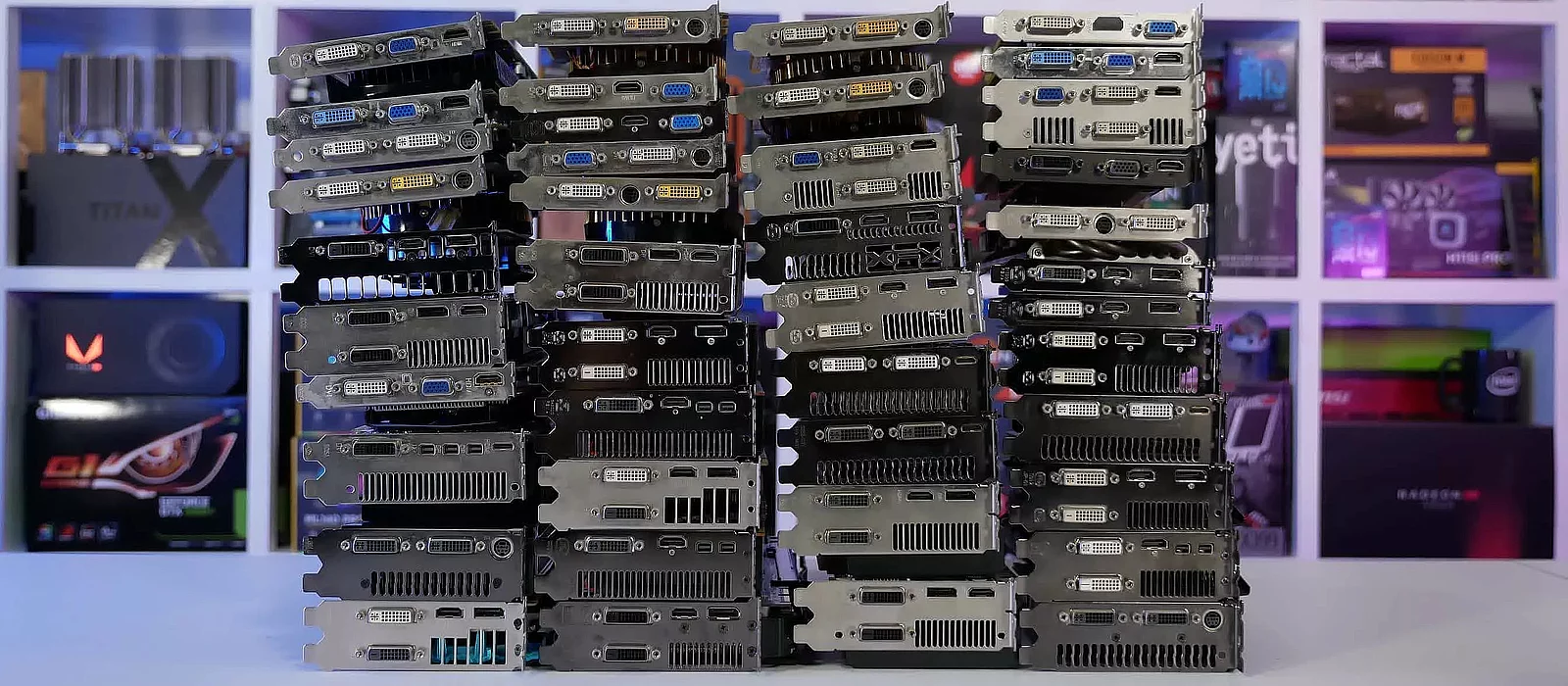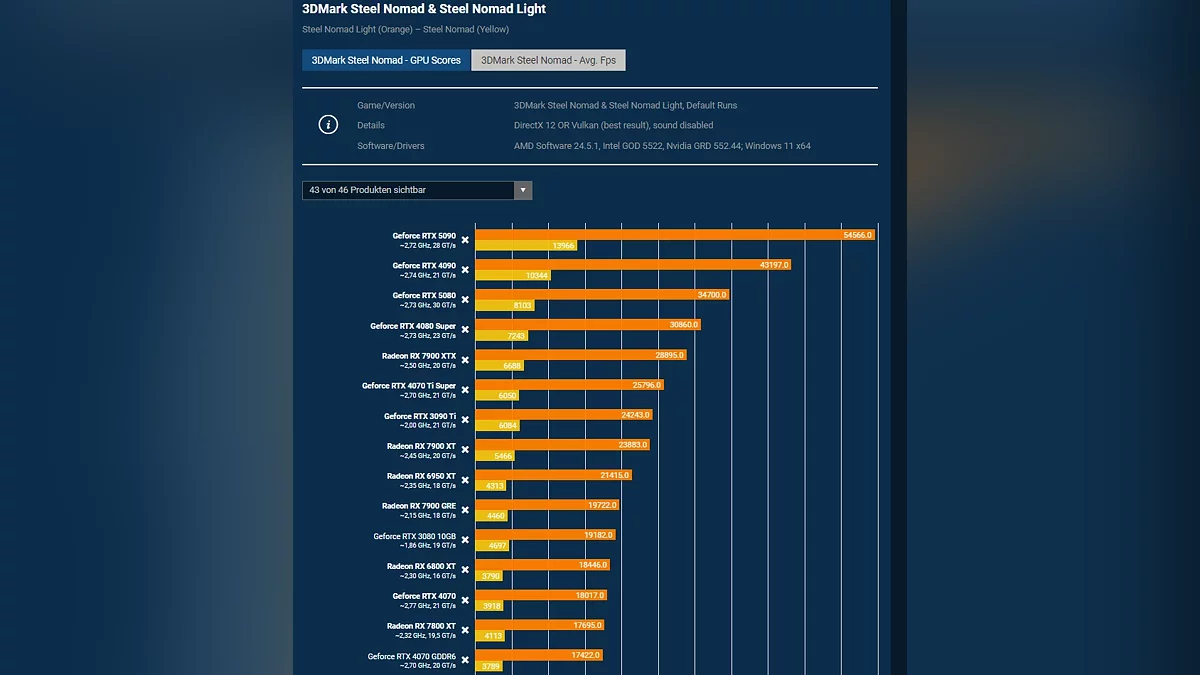Comprehensive GPU Study Reveals the Evolution of Technology

Fresh data from German publication PC Games Hardware has revealed the details of a comprehensive comparison of 85 GPUs in 3DMark synthetic benchmarks, including new evaluation methodologies. The analysis covered models from NVIDIA, AMD, and Intel, as well as niche offerings like the Moore Threads MTT S80, showcasing the evolution of testing approaches for high-performance graphics hardware.
Experts highlighted a shift away from traditional benchmarks like Time Spy, where results are influenced by CPU and system infrastructure, toward specialized tests such as Steel Nomad and Time Spy Extreme. These scenarios, designed for 4K resolution with DirectX 12 effects, minimize the impact of external components—a critical factor when comparing flagship GPUs.
In the Time Spy Extreme rankings, the NVIDIA GeForce RTX 5090 dominated with a staggering score of 48,082 points, outperforming its predecessor (the RTX 4090) by 28%. However, the RTX 5080 stood out in memory-optimized workloads. For AMD, the Radeon RX 7900 XTX claimed fourth place but lagged significantly behind NVIDIA’s top-tier cards. Intel delivered a surprise with its Arc B580, which edged out the RTX 2080 Ti—a rare feat for Team Blue’s discrete GPUs.
Tests like Port Royal and Speed Way reaffirmed NVIDIA’s lead in ray-traced rendering. The RTX 5090 doubled the performance of the RX 7900 XTX, underscoring its technological edge in ray-tracing algorithms. However, analysts note that generational performance gains are gradually shrinking, shifting industry focus toward energy efficiency and AI-driven technologies. These results emphasize the importance of choosing benchmarks aligned with specific goals: Steel Nomad and Time Spy Extreme for 4K gaming assessments, while Speed Way helps predict performance in hybrid-rendering workflows.
-
NVIDIA Officially Announces New Graphics Cards — RTX 5090 Costs Twice as Much as RTX 5080
-
AMD: RX 9000 Graphics Cards Launching in March
-
TOP-10 Games with the Best Graphics in 2024
-
NVIDIA Phases Out Support for Older Graphics Cards, Including the GTX 1060
-
NVIDIA is working on a professional graphics card featuring 96 GB of GDDR7 memory


